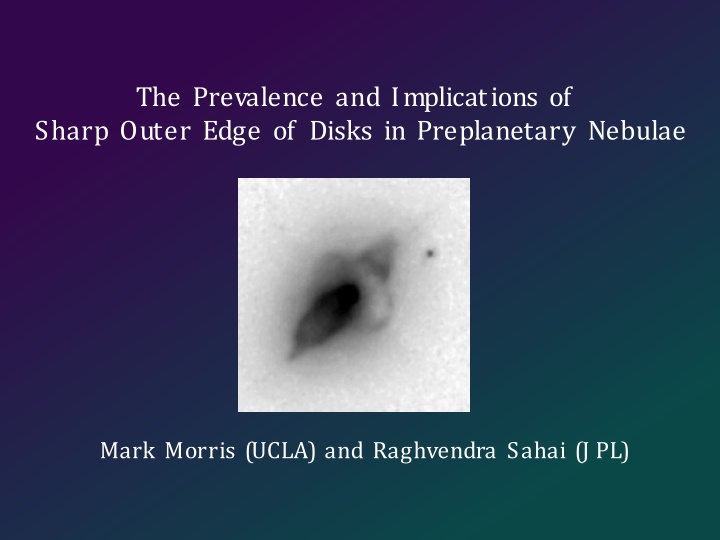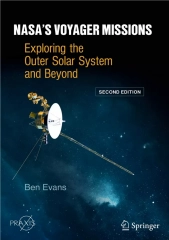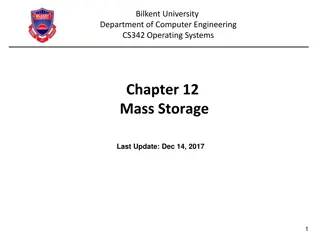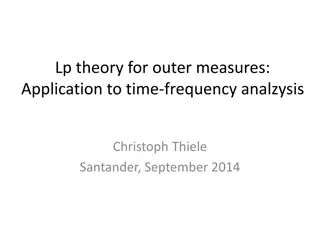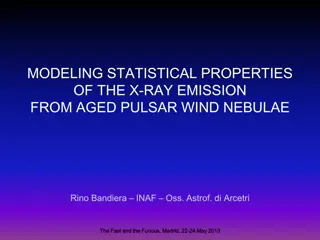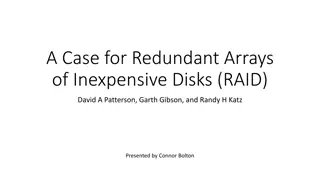The Prevalence and Implications of Sharp Outer Edge of Disks in Preplanetary Nebulae
Recognizable preplanetary nebulae typically exhibit bipolar structures with an opaque disk that contains a density discontinuity at a certain radius. These disks, when appropriately tilted, can block light from the rear lobe of the nebula, leading to the observation of a sharp outer boundary. Studies have shown various examples of disks with distinct features such as bright outer rims, shock edges, and density discontinuities, highlighting the complexity and importance of these structures in understanding preplanetary nebulae.
Download Presentation

Please find below an Image/Link to download the presentation.
The content on the website is provided AS IS for your information and personal use only. It may not be sold, licensed, or shared on other websites without obtaining consent from the author.If you encounter any issues during the download, it is possible that the publisher has removed the file from their server.
You are allowed to download the files provided on this website for personal or commercial use, subject to the condition that they are used lawfully. All files are the property of their respective owners.
The content on the website is provided AS IS for your information and personal use only. It may not be sold, licensed, or shared on other websites without obtaining consent from the author.
E N D
Presentation Transcript
The Prevalence and Implications of Sharp Outer Edge of Disks in Preplanetary Nebulae Mark Morris (UCLA) and Raghvendra Sahai (J PL)
Recognizable preplanetary nebulae are almost always bipolar, with a dark central waist that corresponds to an optically thick disk-like equatorial concentration of absorbing dust. Bipolars and their disks require a close central binary (Morris 1981, 1987; Mastrodemos & Morris 1998, 1999) Kwok 2013 Sahai et al. 2007 15405-4945
When the symmetry axis is tilted appropriately, the disk can block light from the rear lobe of the nebula. A large fraction of such systems show a sharp outer boundary to the disk ! IRAS1 6342-3814 Hen 2-90 Sahai et al. 1999 Sahai & Nyman 2000
Bipolar structure, with opaque disk having a density discontinuity at some radius
M1-92 Trammell & Goodrich 1996
IRAS 04296+3429 (Sahai 1999) Disk with a bright outer rim
IRAS17106-3046 (Kwok, Hrivnak & Su 2000) Disk with a bright outer rim F814W F606W both unsharp masked
Sahai et al. 2007 Ueta et al. 2000
CRL 2688 Sahai et al. 1998 (Ueta et al. 2006)
CRL 2688 (Balick et al. 201 2) disk edge = shock F110W-F1 60W F606W-F814W
IRAS22036+5306 (Sahai et al. 2003, 2006)
Frosty Leo IRAS 09371+1 21 2 (Sahai et al. 2000) unsharp masked
Interpretations: Two categories: 1) bound disk 2) expanding disk bound disk: requires angular momentum, the source of which can only be a companion .. a close companion What would the sharp outer disk boundary mean? A sharp upper limit to the angular momentum provided to outflowing gas But the disk radii are >> the binary separation required to provide the angular momentum So incredibly fine-tuning required in all these systems to capture the outflowing gas into marginally bound orbits with a sharp radial limit
Expanding disks: The sharp outer cutoffs imply a sudden onset of strong equatorial mass loss Tempting to identify this with the moment of binary merger to a common envelope configuration the companion s orbital angular momentum extrudes the disk from the AGB (or red giant) companion as it enters The high-speed bipolar outflow quickly ensues Later, the disk becomes the equatorial torus in bipolar planetaries, as the equatorial mass outflow ceases when the core is exposed
